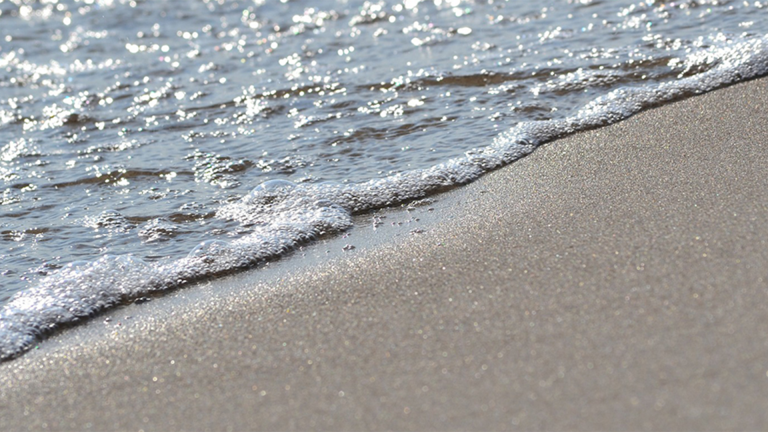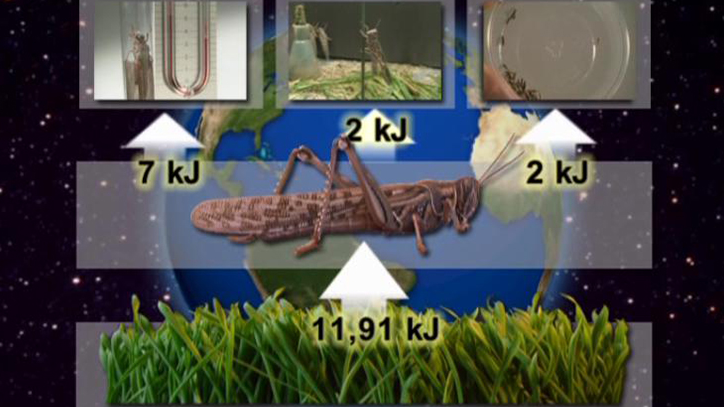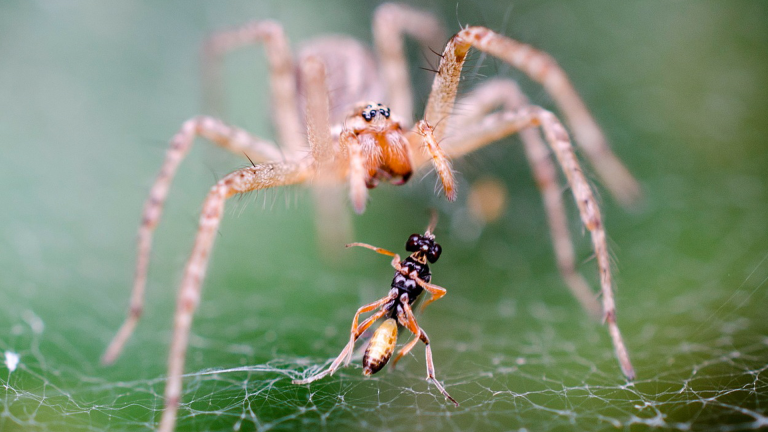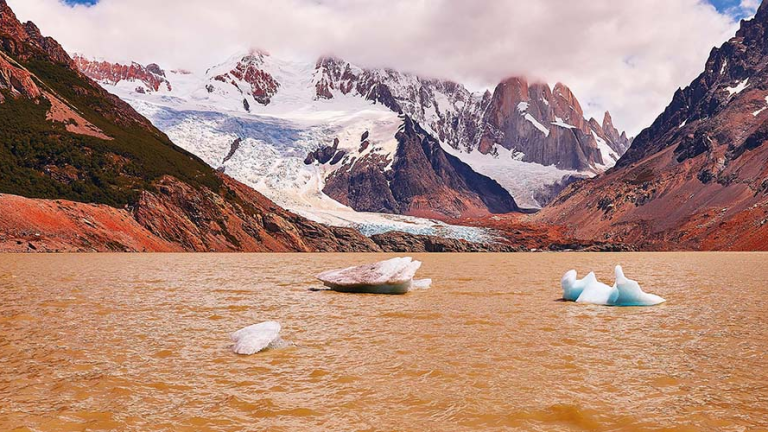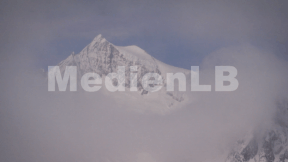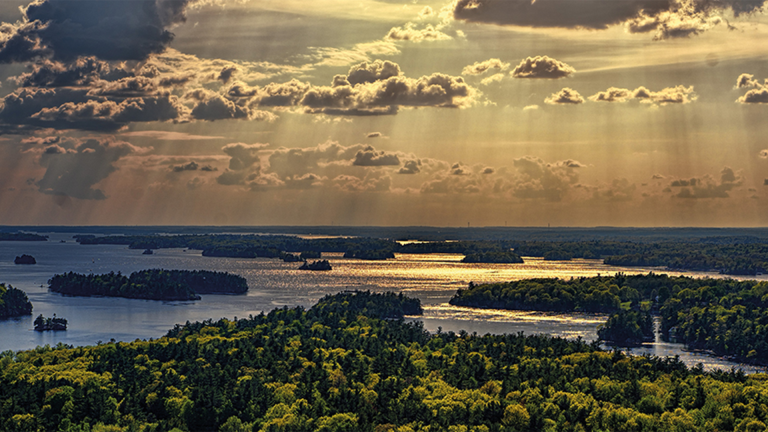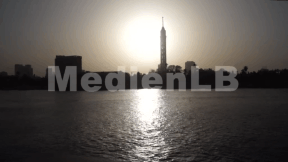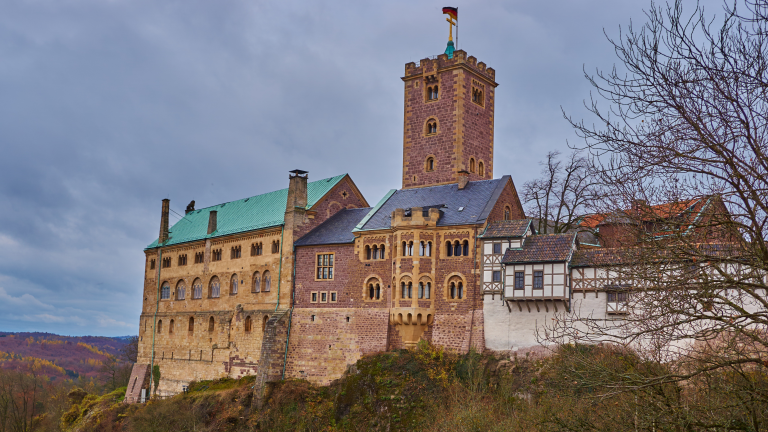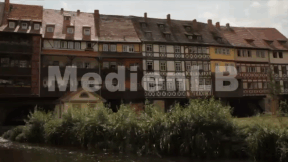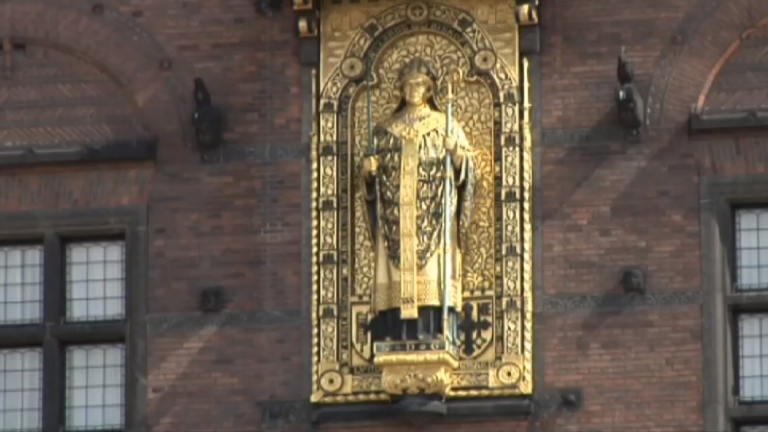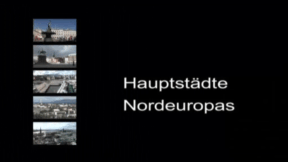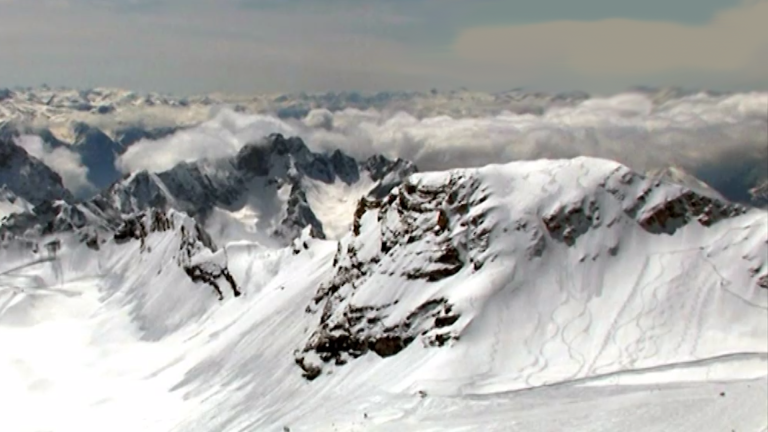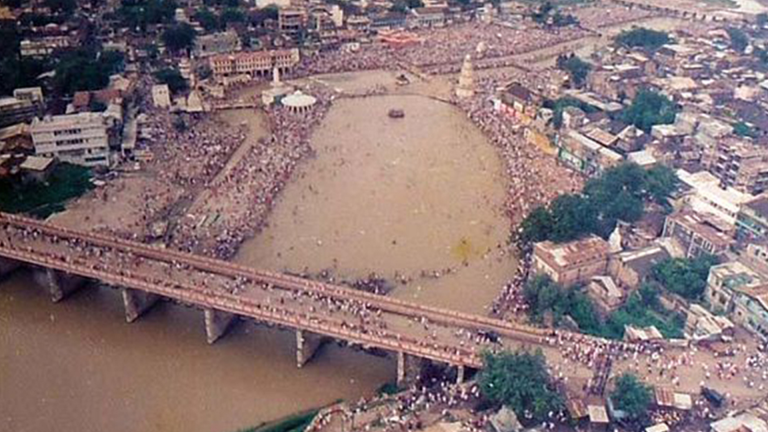Suche:
- # Artistry
- # Biology
- # Chemistry
- # Ecological
- # Economy
- # English
- # Foreign Language
- # Geography
- # German
- # Health
- # History
- # Informatik
- # Latin
- # Mathematics
- # Media Education
- # Music
- # Physics
- # Politics / Civics
- # Preschool
- # Primary School
- # Religion
- # Society
- # Sports
- # Technology
- # Training of Teachers
- # Vocational Education
Mushrooms
This DVD offers a clearly structured survey of mushrooms with an emphasis on the following aspects: Mushrooms of different shapes and colours present their fruit bodies. The reproduction by means of spores is shown with different kinds of mushrooms. The actual mushroom is formed by hyphae in the ground. The symbiosis between mushroom and tree is called mycorrhiza. Mushrooms can be poisons or medicines, as is illustrated by the examples of ergot and the birch polypore. Mildews and slime moulds are examples of the decomposing effects of mushrooms. In the fermentation of yeast plants, sugar is transformed into alcohol and carbon dioxide. Lichens are extremely adaptable. Under the electron-scan microscope, we can see how algae and mushroom hyphae form a complex symbiosis. Finally, rules and recommendations for gathering mushrooms are provided. Outstanding shots (with impressive fast-motion pictures and animations) give the pupils a comprehensive overview of the characteristics of mushrooms.
Learn moreEcosystem Sea
The oceans have been the largest connected ecosystem of the world since hundreds of millions of years. All life originated here, and a stable system ranging from single-cell plants and animals to huge vertebrates has been established. An incredible abundance of shapes and colours has emerged. Even today, we know only a fraction of this variety. We know less about the co-existence of these beings, their interdependency and the conditions and particulars of their food chain than we know about one or the other celestial body. The largest consumers of the sea, sharks and whales have an important task in the marine ecosystem. They ensure that the populations of small predators like seals, groupers and tuna do not grow excessively. In the film, the interrelation between the individual creatures is illustrated and the ecosystem sea as well as the dangers of human interference are explained using the example of sharks and whales. We learn about these animals’ characteristics and structure. We also see why and how they are endangered and what damage the marine ecosystem might suffer if these animals were exterminated. The climate change and its consequences for the ecosystem sea are illustrated by the example of sharks and whales.
Learn moreBasics of Biology II
In its first chapter, Basics of Biology II deals with the food chain. The producers as the basis of the food chain and the consumers, the herbivores and carnivores, are introduced /presented. Further focus points are the energy intake through food as well as the energy losses connected with it. The resulting energy efficiency of a herbivore is vividly illustrated in an experiment. Subsequently the carbon cycle is dealt with: its occurrence and the carbon cycle from producer to consumer, and last but not least the function of destruents. In the third chapter the next important cycle, the nitrogen cycle, is discussed. Special emphasis is put on the process of nitrification as well as the function of nitrogen-binding micro-organisms and their natural fertilisation of our agricultural soil. The importance of the nitrate for plants is shown in a laboratory test. Together with the extensive additional material the DVD is ideally suited for use in the classroom.
Learn moreAngst und Phobien
Das Herz klopft, der Puls geht schneller, Schweiß bricht aus: Angst gehört zur „Grundausstattung“ unserer Gefühle, warnt uns vor gefährlichen Situationen und setzt unseren Körper in Alarmbereitschaft. So können wir instinktiv richtig reagieren, ohne groß nachzudenken. Angst ist ein Urinstinkt, der uns schützen soll.
Learn moreWomen in the Church
Women and the Church. Pope Joan springs to mind: a powerful woman at the head of the Catholic Church – unthinkable. Therefore, material for a novel and its film adaptation. The fictional story may embody the wish for a female reign of the Church, in reality a Pope Joan never existed. Ludwig Maximilian University Munich: at the Roman-Catholic chair of Dogmatic and Ecumenical Theology the issue of women's rights is also a part of the curriculum. What role should women have in the churches? Meanwhile, students of Catholic theology criticize the discrepancy between ecclesiastical and secular points of view.
Learn moreThe River as a Lifeline
From source to mouth our rivers are constantly on the move. They count among the most dynamic biospheres on Earth and are vital connections for numerous plants and animals between otherwise separate habitats. For thousands of years, humans all over the world have tended to settle along rivers. Due to their advantageous situation at a river, many large cities developed, for instance Cairo, the largest metropolis in Africa.
Learn moreThuringia
"My name is Bodo Ramelow. I am Prime Minister of the Free State of Thuringia. It is a beautiful country. Its abundance of nature and environmental beauty, its wealth of art and culture, wonderful cities and history are truly exciting. We have so much to offer and I’m always glad about Thuringia’s wide diversity."
Learn moreCapitals of Northern Europe
This DVD presents the five capitals of Northern Europe: Helsinki, Copenhagen, Oslo, Reykjavik and Stockholm. The pupils learn about the topographic situation of the capitals in Europe and in their respective country. The history of the cities and their development are outlined, as well as their particularities. This encompasses imposing buildings, famous sights, historical monuments, architectural characteristics and also the cultural life. The pupils are informed on the economic relevance of the capitals within the respective country as well as about their infrastructure and traffic and transport connec- tions to other countries. Impressive pictures capture the uniqueness of each one of the capitals and illustrate their characters. The facts of the film are complemented by extensive accompanying materi- al, which deepens the pupil’s understanding. Here, not only those aspects of the cities already mentioned are discussed but also the topographic, climatic and political mapping of their respective countries (Finland, Denmark, Norway, Iceland and Sweden). The pupils learn to assign the capitals to their respective countries and to characterise them as well as to compare and assess them.
Learn moreAlpine Glaciers
Melting alpine glaciers are the most conspicuous indication of global warming, and in the wake of the climate discussion, the public has become increasingly aware of their fate. Besides the structure and function of the glaciers, the film describes their role in the ecosystem and for the economically active human. In this respect, primarily the role of the glaciers for the water balance of the Alps and neighbouring regions and above all, their effects on summer and skiing tourism as well as the energy generation from water power are of major importance. The dwindling of the glaciers is illustrated with the help of historical comparisons. The Pasterze in Austria – the largest glacier of the eastern Alps – and the Bavarian Zugspitze are given as detailed examples. The film addresses younger pupils in the context of the topic of the Alps as well as older secondary school students in the context of climate issues.
Learn moreIndia
India – in official language also called Republic of India, is a state in South Asia. Its national territory has an extension of about 3,287,263 km2, and is inhabited by 1.3 billion people. In the north the country reaches up to the Himalayas and the south is enclosed by the Indian Ocean. The southern tip of India is near the island state of Sri Lanka. To the northwest it borders Pakistan. To the north it borders China, the Chinese Autonomous Region of Tibet respectively, Nepal and Bhutan, to the east Myanmar and Bangladesh. In addition, the Adaman and Nicobar Islands in the Gulf of Bengal and the Laccadives in the Arabian Sea are part of India as well.
Learn moreRechtsruck
PEGIDA, AfD in Deutschland und die FPÖ in Österreich als Sprachrohr von mit der eigenen Regierung unzufriedenen und von der Globalisierung abgehängten Bürgern.
Learn more





